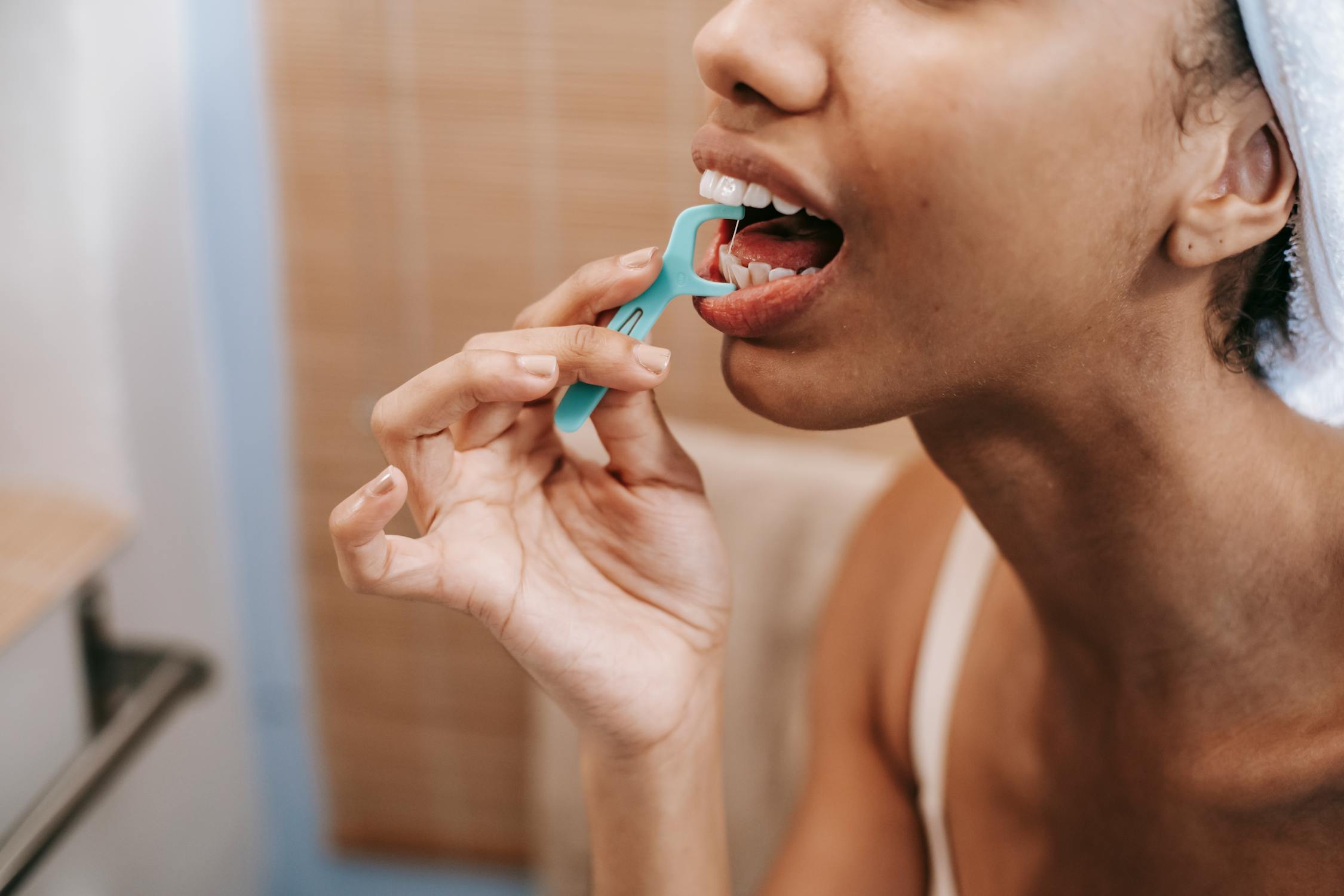Hurts to Floss Between Two Teeth? Here's Why
Most of us have been there—standing in front of the mirror, flossing our teeth, when suddenly there’s a twinge of pain or a little bleeding. It’s enough to make some people swear off flossing for good. But before you toss out that dental floss, let’s understand why this might be happening and what you can do about it.
Why Gum Health Matters
Gums play a pivotal role in our oral health. They hold our teeth in place, protect the roots of our teeth, and serve as a barrier against harmful bacteria. Taking care of them is as vital as taking care of our teeth.
If your gums often hurt or bleed after flossing, it might be time for a check-up. Call and book an appointment to ensure your oral health is at its best.
What Causes the Bleeding?
If your gums hurt after flossing, it could be due to several reasons:
- New to Flossing: If you’ve just started the habit, your gums might be sensitive initially.
- Flossing Technique: Sometimes, the culprit is the way you floss. If you’re flossing too hard, you can injure your gums.
- Gum Inflammation: Gums that are inflamed due to plaque buildup can bleed easily.
- Medications: Some medicines can cause gum bleeding as a side effect.
Flossing Too Hard: A Common Mistake
It’s easy to think that using more force will remove more food or plaque. However, flossing is a delicate task. Teeth hurt after flossing often because of applying too much pressure. It’s essential to be gentle, using a back-and-forth motion without snapping the floss into the gums.
How to Avoid Bleeding While Flossing
- Use Soft Dental Floss: Some flosses are designed to be gentler on the gums.
- Improve Your Technique: Floss gently between the teeth without forcing it.
- Consistency: Make flossing a daily habit. Over time, your gums will become less sensitive.
- Rinse with Salt Water: This can help soothe irritated gums.
Taking Action: What to Do if Your Gums Bleed
- Don’t Stop Flossing: It might sound counterintuitive, but stopping will only allow more plaque to accumulate, exacerbating the problem.
- Visit Your Dentist: Regular check-ups can catch potential issues before they become severe.
- Consider a Mouth Rinse: Your dentist might recommend a therapeutic mouthwash to help reduce plaque and soothe the gums.
Periodontal Disease: Understanding the Classifications
Periodontal disease, often referred to as gum disease, varies in severity:
- Gingivitis: This is the earliest stage, characterized by red, swollen gums that might bleed easily. It’s reversible with good oral hygiene.
- Mild to Moderate Periodontitis: At this stage, gums start to recede, and pockets form between the teeth and gums, filled with bacteria and pus.
- Advanced Periodontitis: This is the most severe stage, where the connective tissue and bone that hold teeth in place are severely damaged.
If you’re experiencing persistent pain or bleeding while flossing, don’t wait. It could be an early sign of periodontal disease. Call us to schedule a comprehensive dental exam.
In conclusion, while it might be alarming to experience pain or bleeding while flossing, understanding the potential causes and taking proactive steps can ensure your gums remain healthy. After all, healthy gums mean a healthier smile.
